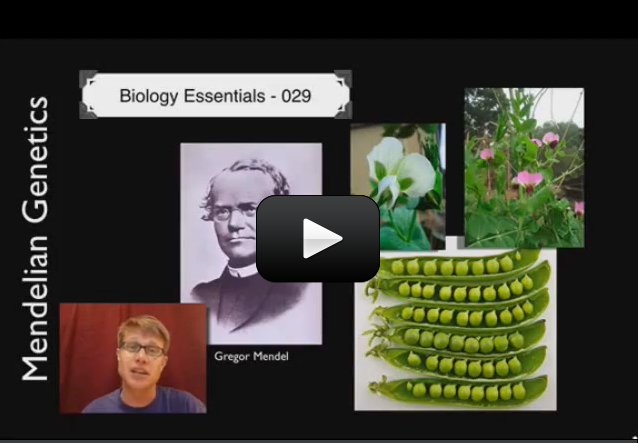A pedigree analysis chart, usually used for families, allow us to visualize the inheritance of genotypes and phenotypes (traits). In this chart, the P, F1, and F2 generation are represented by the numerals I, II, and III respectively. Notice that those carrying the trait are colored red, and those not carrying the trait (the normal-looking ones) are in blue. The normal, non-trait carrying organisms on the chart are called the wild-type.
The term wild-type is used in genetics often to refer to organisms not carrying the trait being studied. For example, if we were studying a gene that turns house-flies orange, we would call the normal-looking ones the wild-type.
Let’s make a pedigree for your family. Here’s what you need:
Please login or register to read the rest of this content.


You will want to work with your child on this one… it’s a good activity to do with more advanced elementary students. 🙂
I was just previewing this lesson, it falls under the 1st and 2nd grade life science but it seems really advanced.
Yes you can be a carrier even if you don’t display the trait.
We’re just trying to work this one out – my son has red hair, but I don’t, my Dad doesn’t, but my Dad’s sister does. So if I carry the gene, do we mark me as ‘affected female’ if I don’t display the trait? Thanks Aurora.
No problem – thanks for the tip!
The previous question was sent by a younger child and she now understands how the link works and has found the site.